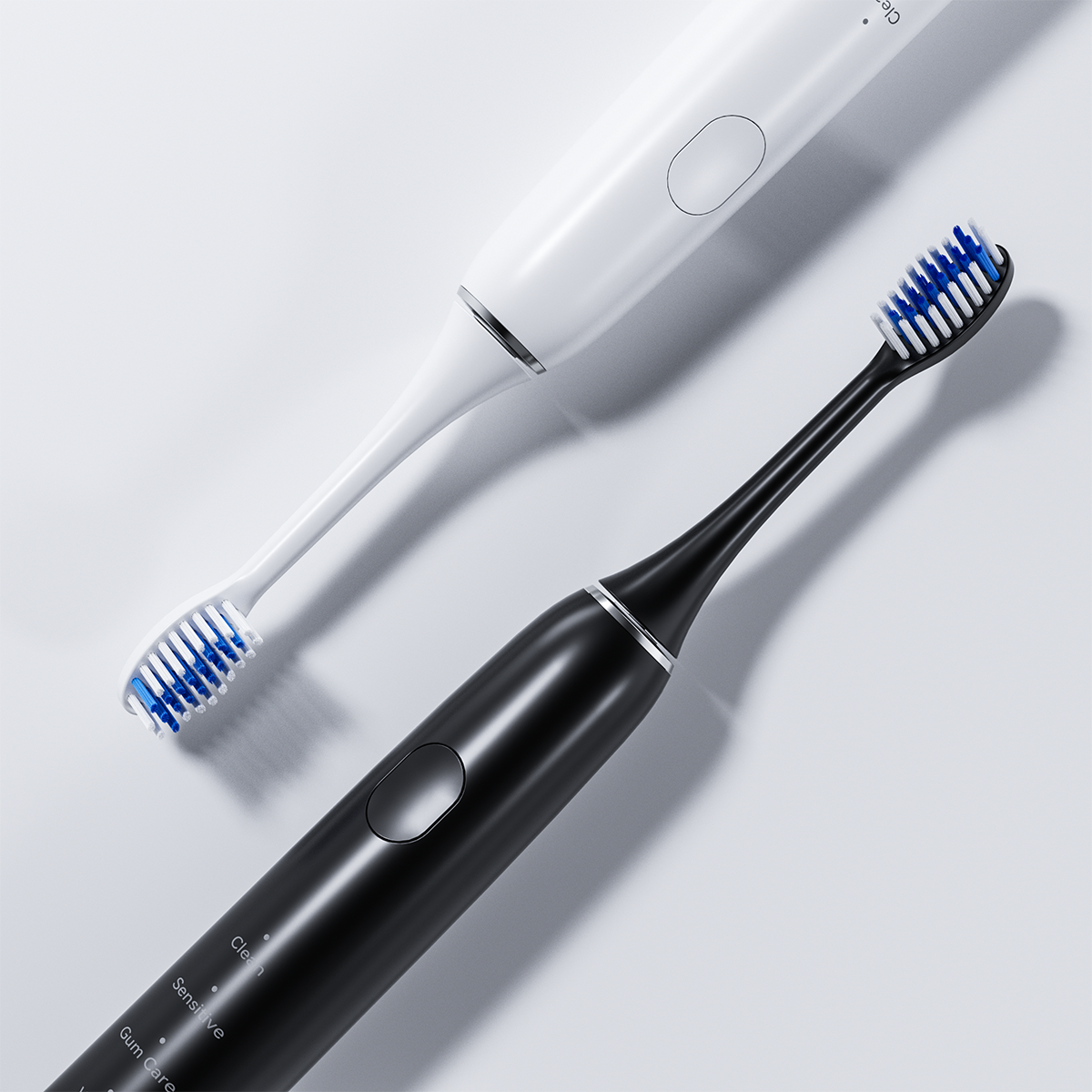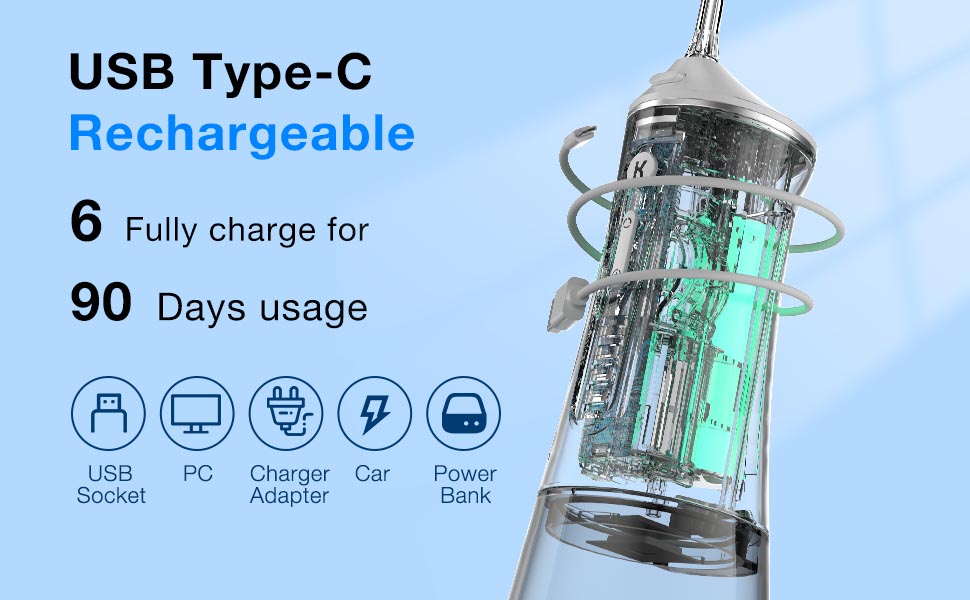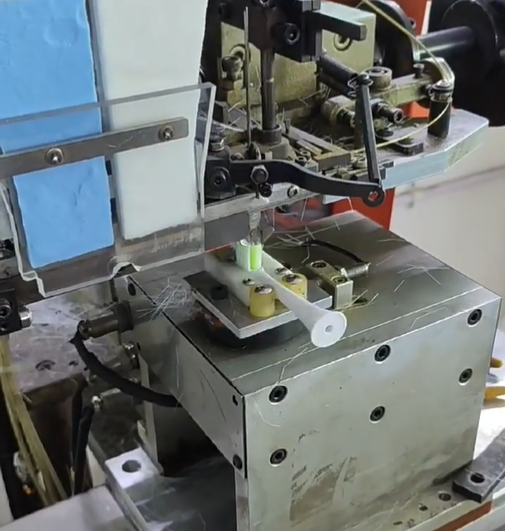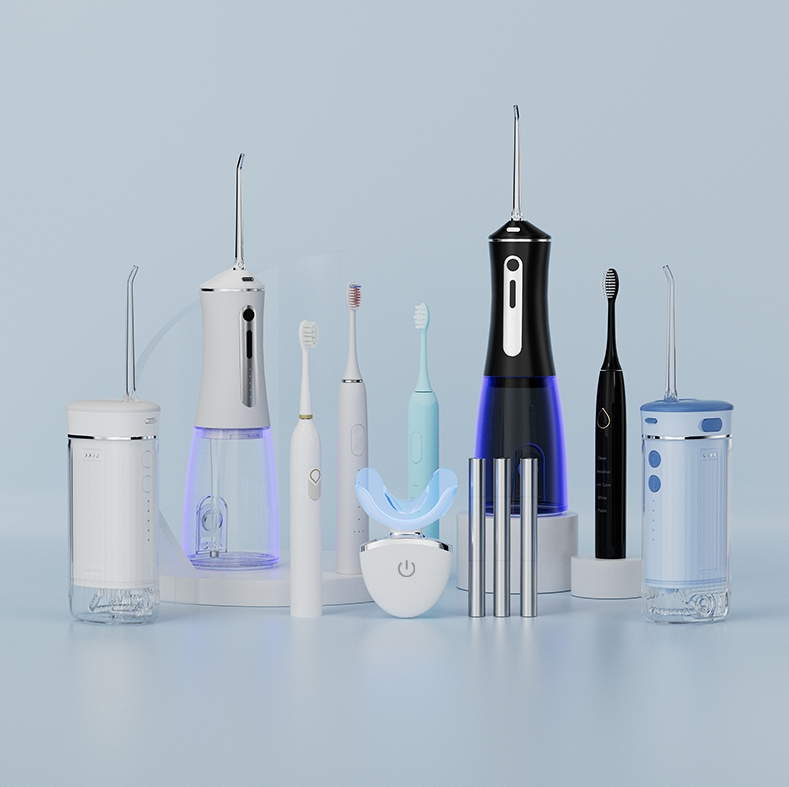In the competitive market of oral care devices, product durability has become a critical differentiator. For water flossers in particular, the reliability of core components—such as the pump, battery, and motor—directly affects both user satisfaction and after-sales costs. This article explores how professional manufacturers implement quality strategies including water flosser pump durability testing, battery cycle life reports, and a robust key components of water flosser quality inspection process to ensure longevity and execute an effective reduction of return rate plan.https://www.powsmart.com/
For water flossers, certain parts are especially prone to wear and directly impact lifespan and performance:
Pump Unit: Responsible for generating consistent water pressure. Failure here leads to poor cleaning performance.
Battery: Must withstand repeated charging cycles.
PCB & Motor: Critical for speed, timing, and control of spray patterns.
These components are at the heart of every water flosser and require strict durability control protocols.
The water flosser pump durability test is a fundamental part of quality assurance. In this process:
Pumps are tested under continuous operation for up to 100+ hours.
Vibration, water pressure consistency, and noise levels are monitored.
Test results help refine material choice and pump design.
Through repeated durability testing, manufacturers can predict and extend the real-world lifespan of the pump, preventing early failures.
Another major source of post-sale issues is premature battery degradation. To prevent this, manufacturers conduct standardized battery cycle life reports, which include:
Charging/discharging test cycles (typically 300–500 cycles for lithium batteries)
Capacity retention analysis over time
Heat and safety testing under different usage scenarios
This data ensures only battery models with high reliability and lifespan are selected—directly supporting the reduction of return rate plan.
High product reliability starts with a structured key components quality inspection process, which includes:
Incoming Quality Control (IQC): For raw materials and supplier components
In-process Inspection (IPQC): Focused checks during pump and battery assembly
End-of-Line (EOL) Testing: Simulated usage and functional validation on every finished unit
By catching defects early, manufacturers reduce rework, minimize recalls, and maintain consistent product quality.
Reducing the after-sales rate requires more than testing—it involves a comprehensive plan, including:
Root cause analysis of every return
Continuous optimization of core components based on failure trends
Ongoing updates to assembly SOPs to improve consistency
Proactive QA communication with OEM/ODM clients
With a clear reduction of return rate plan, manufacturers can not only improve user satisfaction but also lower support and warranty costs for their clients.
Controlling the life of key components in water flossers isn’t just a technical requirement—it’s a business strategy. Through:
Water flosser pump durability testing
Battery cycle life reporting
A strict core component quality inspection process
A proactive return rate reduction plan
Manufacturers can deliver longer-lasting, more reliable products that build brand trust and reduce long-term costs for B2B clients.
Looking for a water flosser manufacturer with proven quality control and reliability assurance? Contact us to learn how we can support your brand with high-performance OEM/ODM solutions.

Waterproof & Fast Charging? Inside High-End electric Toothbrush Charging Stations
Why Do Whitening Cycles Cause Efficacy Debates?

Water Flosser vs. Traditional Floss: Pros, Cons & Usage Tips
Why Are Battery Recycling Challenges Ignored Despite Gum Massage Inconsistency?
.jpg)
Water Flosser Sterilization Function: UV Sterilization vs. Silver Ion Coating – Real Cost and Effect
How to Prevent Water Discoloration and Microbial Growth?
.jpg)
Oral Care Market Trends 2025: Which High-demand Oral Care Products Are Most Worth Distributing?
Why Is Enamel Vulnerability Linked to Staining Residuals?

Cost Structure Analysis and Risk Avoidance of Small Batch Trial Production for Whitening Teeth Devices
Are Firmware update failures Linked to False Advertising Claims?

Cutting-edge tech makes us apart from other electric toothbrush manufacturers

Environmentally Friendly Oral Care Products: Consumer Demand and Market Growth Potential

Market Analysis of Red and Blue Light Teeth Whitening Devices: How to Find a Teeth Whitening Device Breakthrough in Differentiated Technology?

Electric Toothbrush Industry Report 2025: Growth Opportunities and Competition Analysis
Frequent Allergy Reactions to Whitening Kits: Is Cold-Light Technology to Blame?
Whitening Kit-Induced Gum Irritation: Are User Manuals Clear? Does Warranty Cover It?
.jpg)
Florida Electric Toothbrush – Powsmart PTR-C8

Private Label Whitening Gel

Electric toothbrush heads Charcoal Infused-Diamond

Customization Teeth Whitening Gel

electric toothbrush heads Charcoal Infuse-Round

electric toothbrush heads Regular Clean

electric toothbrush heads Ultra Soft

electric toothbrush heads Deep Clean
whstapp
whstapp
National Toll-Free Service Hotline
+86 755 86238638